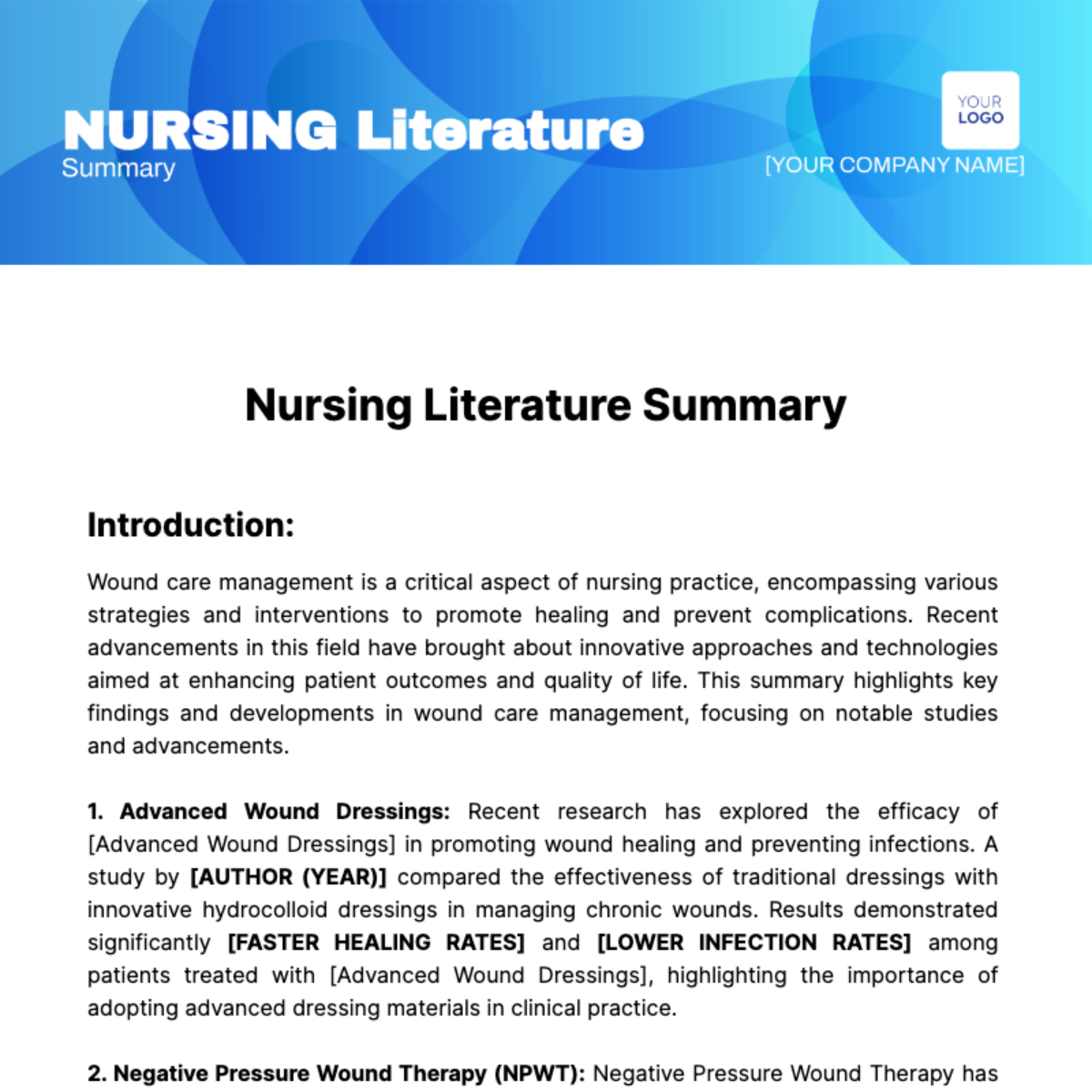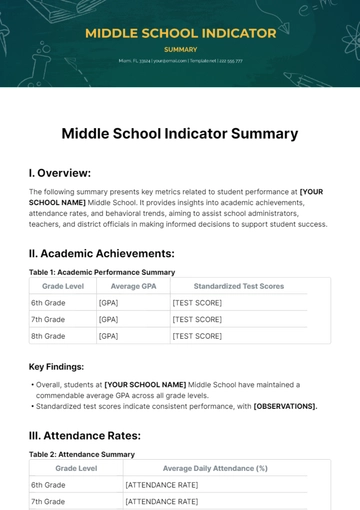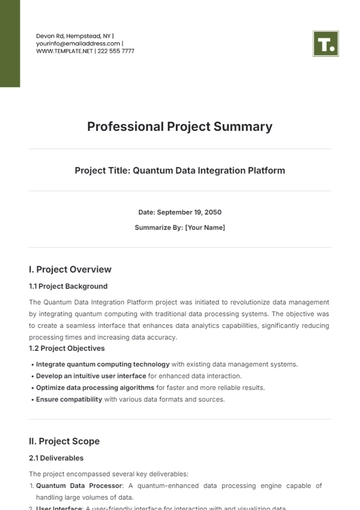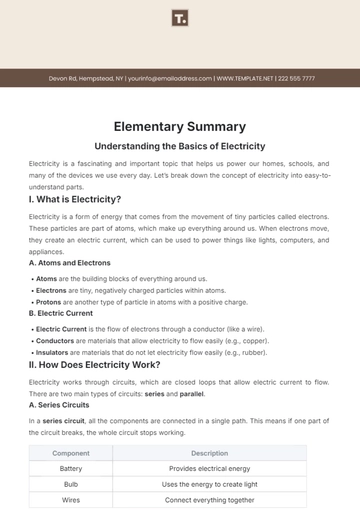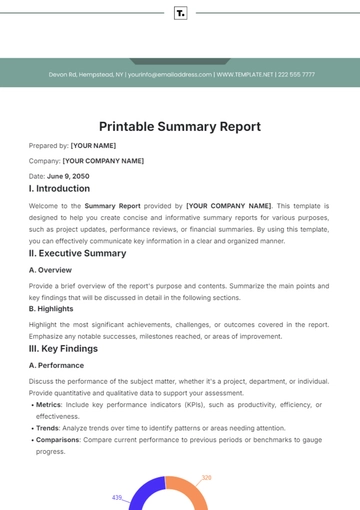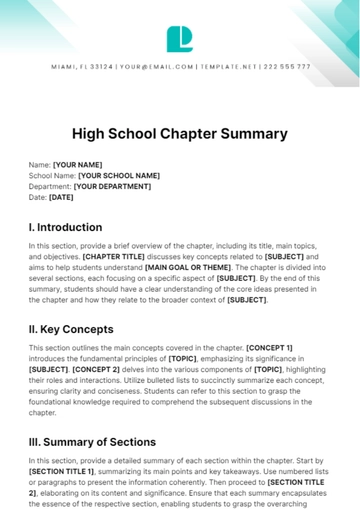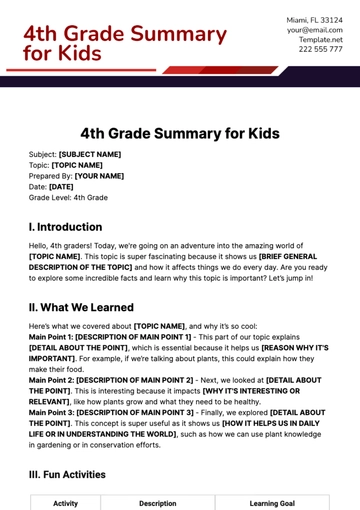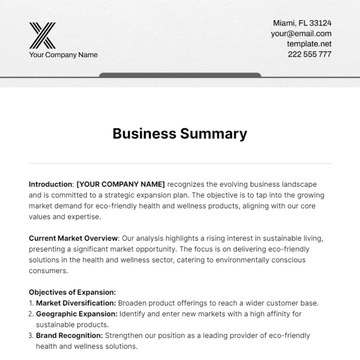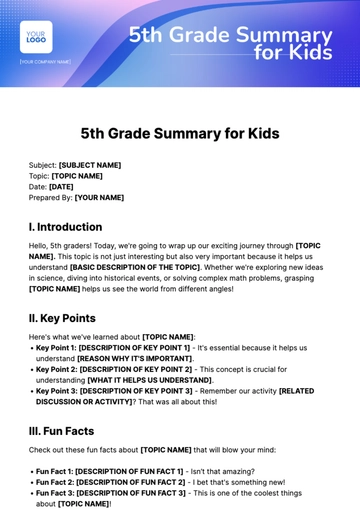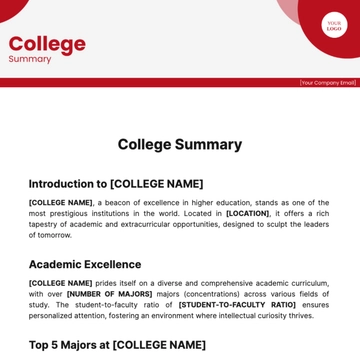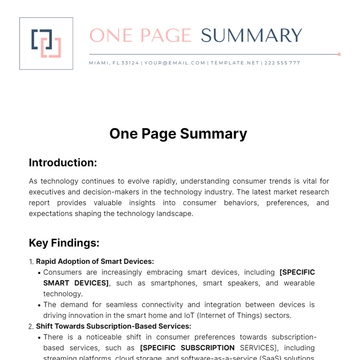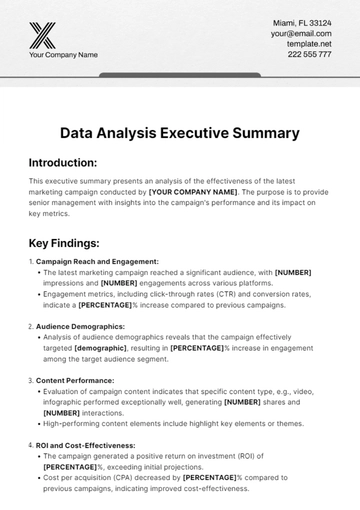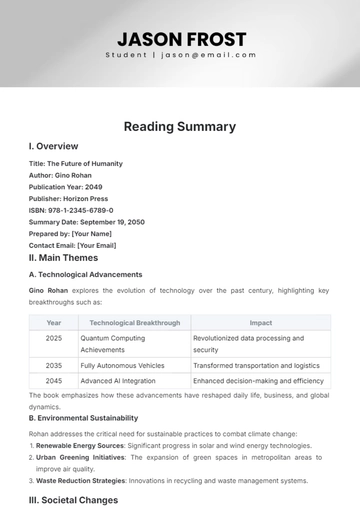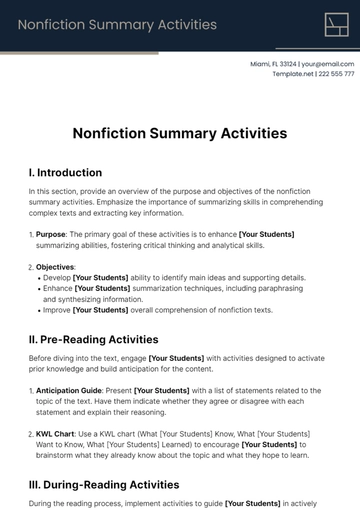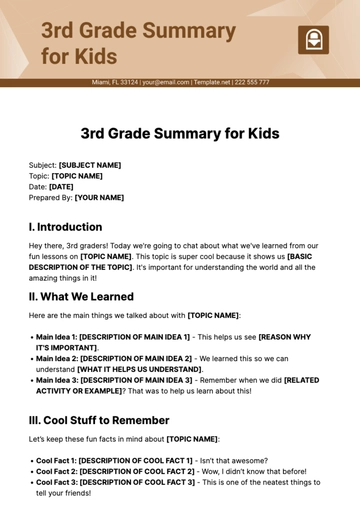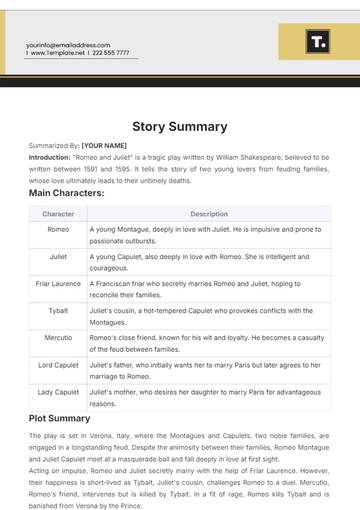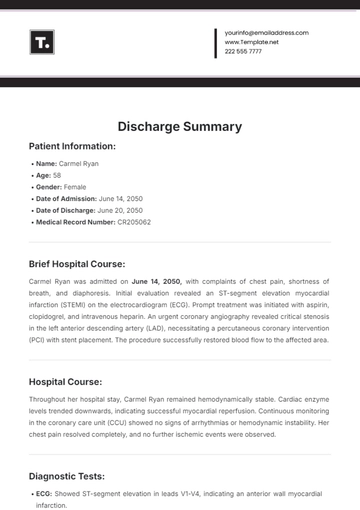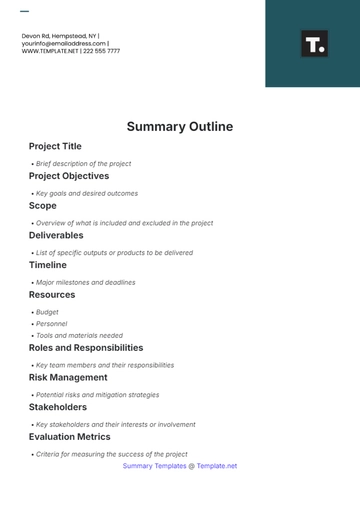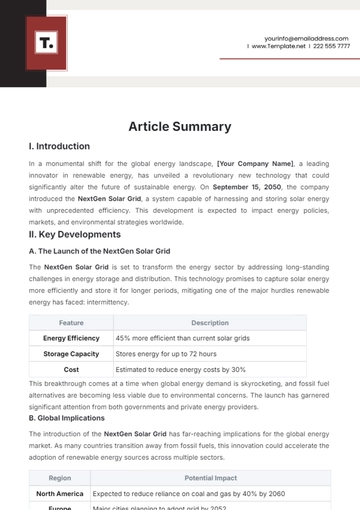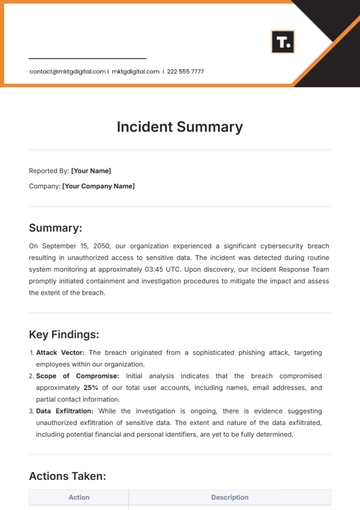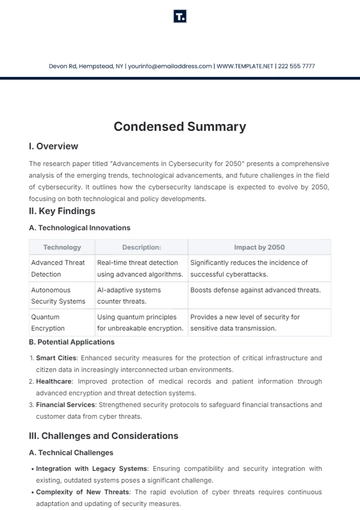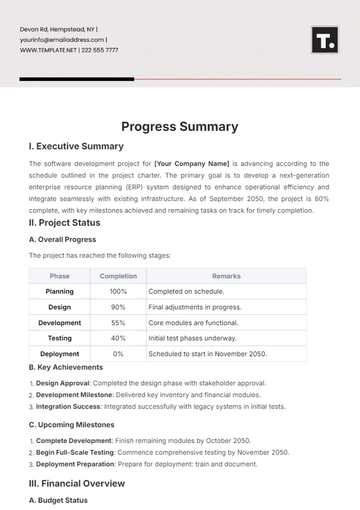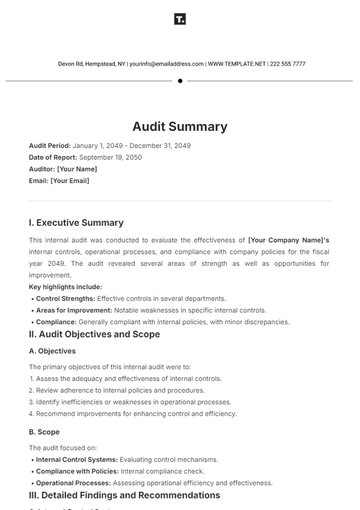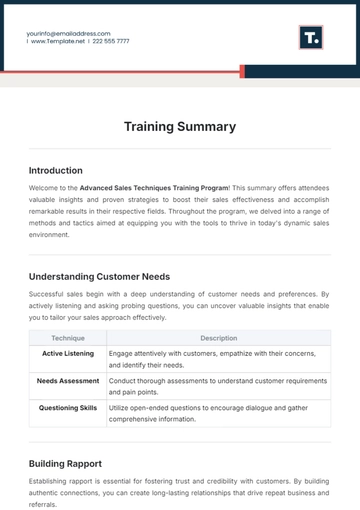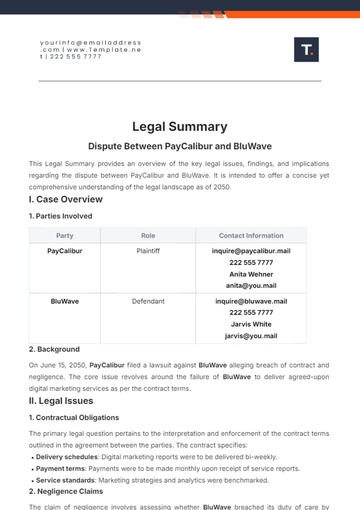Nursing Literature Summary
Introduction:
Wound care management is a critical aspect of nursing practice, encompassing various strategies and interventions to promote healing and prevent complications. Recent advancements in this field have brought about innovative approaches and technologies aimed at enhancing patient outcomes and quality of life. This summary highlights key findings and developments in wound care management, focusing on notable studies and advancements.
1. Advanced Wound Dressings: Recent research has explored the efficacy of [Advanced Wound Dressings] in promoting wound healing and preventing infections. A study by [AUTHOR (YEAR)] compared the effectiveness of traditional dressings with innovative hydrocolloid dressings in managing chronic wounds. Results demonstrated significantly [FASTER HEALING RATES] and [LOWER INFECTION RATES] among patients treated with [Advanced Wound Dressings], highlighting the importance of adopting advanced dressing materials in clinical practice.
2. Negative Pressure Wound Therapy (NPWT): Negative Pressure Wound Therapy has emerged as a valuable tool in wound management, particularly in complex and difficult-to-heal wounds. A systematic review conducted by [AUTHOR (YEAR)] evaluated the efficacy of NPWT in various wound types. The review found compelling evidence supporting the use of NPWT in promoting [GRANULATION TISSUE FORMATION], Reducing Wound Size, and [EXPEDITING HEALING PROCESSES]. Moreover, advancements in NPWT technology have led to the development of Portable and User-friendly Devices, facilitating its widespread adoption in both acute care and community settings.
3. Bioengineered Skin Substitutes: Bioengineered skin substitutes have revolutionized wound care by providing alternative options for promoting wound closure and tissue regeneration. A recent clinical trial by [AUTHOR (YEAR)] investigated the effectiveness of a novel bioengineered skin substitute in treating large and deep wounds. Results demonstrated [SUPERIOR WOUND HEALING OUTCOMES] compared to conventional treatments, with Accelerated Re-epithelialization and [REDUCED SCAR FORMATION]. These findings underscore the potential of bioengineered skin substitutes as promising interventions in the management of complex wounds.
4. Telemedicine in Wound Care: Telemedicine has emerged as a valuable tool for remote wound assessment and management, particularly in underserved or rural areas. A prospective cohort study by [AUTHOR (YEAR)] evaluated the feasibility and effectiveness of [TELEMEDICINE-BASED]. The study found that remote consultations facilitated TIMELY WOUND ASSESMENT, [ENHANCED PATIENT ENGAGEMENT], and Reduced Need for In-person Visits, thus improving access to specialized wound care services.
Conclusion
Recent advancements in wound care management, including [Advanced Wound Dressings], [Negative Pressure Wound Therapy], [BIOENGINEERED SKIN SUBSTITUTES], and TELEMEDICINE, have significantly impacted clinical practice. These innovations offer promising opportunities for improving patient outcomes, enhancing efficiency, and optimizing resource utilization in wound care. Continued research and integration of these advancements into nursing practice are essential for advancing the quality of care and meeting the evolving needs of patients with wounds.
Summarized By: [YOUR NAME]
Summary Templates @ Template.net
